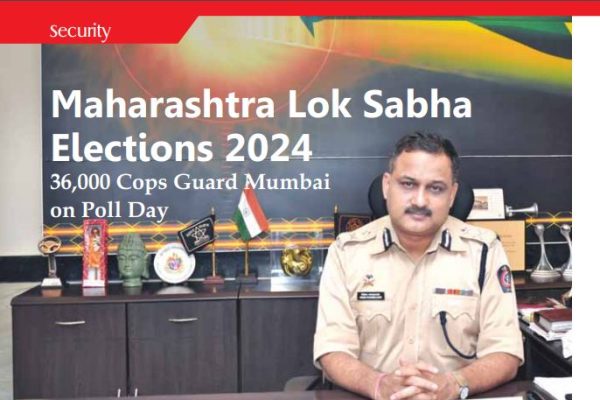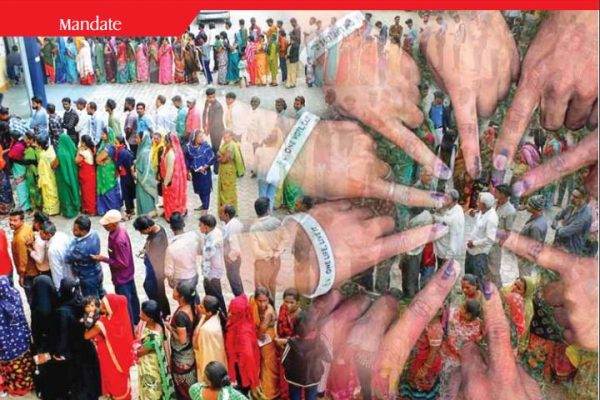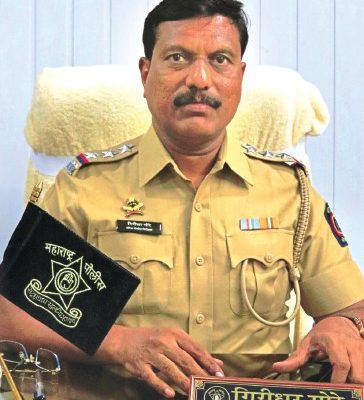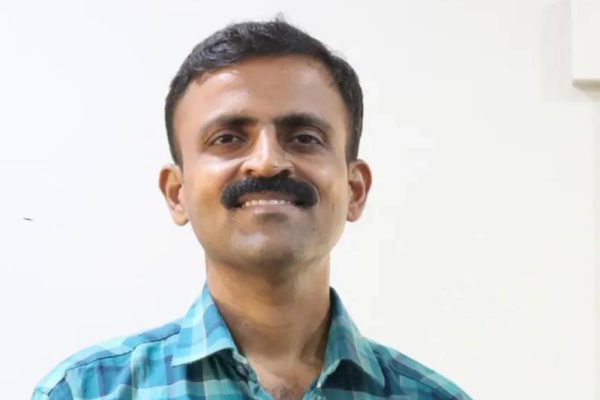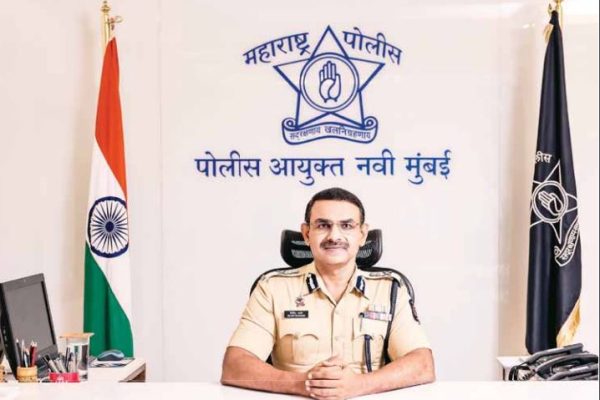
Artificial Intelligence and Investigation
Bivas Chatterjee is the Public Prosecutor for Cyber Law and Electronics Evidence for West Bengal. What is ArtificialIntelligence?Simply put, Artificial Intelligence (AI) is a technology possessing the same cognitive human abilities similar to humans. It can think, act, and make decisions like us.The JourneyWe travelled from enigma machine in 2nd world war era to these…


